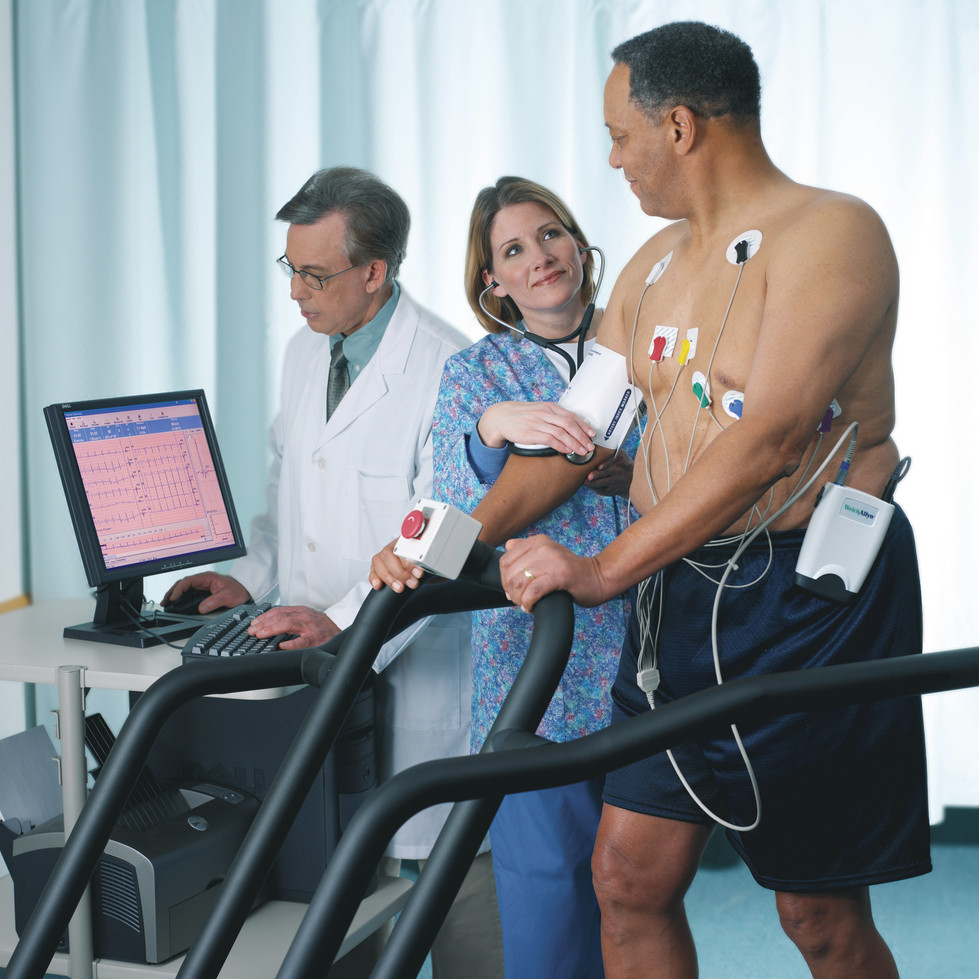ABCD2 is recommended to stratify the risk of stroke in patients presenting to the ED with TIA symptoms. In some centres this is used to differentiate those that need to be admitted for further evaluation and treatment from those that can be followed up in the outpatient setting. A recent study showed that if a detailed work up was done in the ED on all TIA patients (followed by appropriate intervention), the ABCD2 score did not predict adverse outcomes, which were lower in this cohort than in the original ABCD2 cohort.
STUDY OBJECTIVE: We study the incremental value of the ABCD2 score in predicting short-term risk of ischemic stroke after thorough emergency department (ED) evaluation of transient ischemic attack.
METHODS: This was a prospective observational study of consecutive patients presenting to the ED with a transient ischemic attack. Patients underwent a full ED evaluation, including central nervous system and carotid artery imaging, after which ABCD2 scores and risk category were assigned. We evaluated correlations between risk categories and occurrence of subsequent ischemic stroke at 7 and 90 days.
RESULTS: The cohort consisted of 637 patients (47% women; mean age 73 years; SD 13 years). There were 15 strokes within 90 days after the index transient ischemic attack. At 7 days, the rate of stroke according to ABCD2 category in our cohort was 1.1% in the low-risk group, 0.3% in the intermediate-risk group, and 2.7% in the high-risk group. At 90 days, the rate of stroke in our ED cohort was 2.1% in the low-risk group, 2.1% in the intermediate-risk group, and 3.6% in the high-risk group. There was no relationship between ABCD2 score at presentation and subsequent stroke after transient ischemic attack at 7 or 90 days.
CONCLUSION: The ABCD2 score did not add incremental value beyond an ED evaluation that includes central nervous system and carotid artery imaging in the ability to risk-stratify patients with transient ischemic attack in our cohort. Practice approaches that include brain and carotid artery imaging do not benefit by the incremental addition of the ABCD2 score. In this population of transient ischemic attack patients, selected by emergency physicians for a rapid ED-based outpatient protocol that included early carotid imaging and treatment when appropriate, the rate of stroke was independent of ABCD2 stratification.
An Assessment of the Incremental Value of the ABCD2 Score in the Emergency Department Evaluation of Transient Ischemic Attack
Ann Emerg Med. 2011 Jan;57(1):46-51










